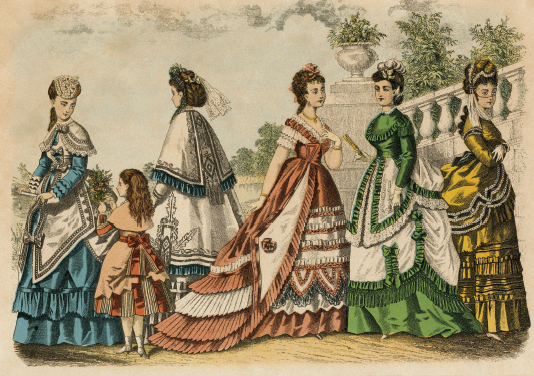U.S. Magazines in the Nineteenth Century
“They spring up as fast as mushrooms, in every corner, and like all rapid vegetation, bear the seeds of early decay within them. … And then comes a ‘frost, a killing frost,’ in the form of bills due and debts unpaid. … The average age of periodicals in this country is found to be six months.”
NEW-YORK MIRROR, 1828
After the revolution, the growth of the magazine industry in the newly independent United States remained slow. Delivery costs remained high, and some postal carriers refused to carry magazines because of their weight. Only twelve magazines operated in 1800. By 1825, about a hundred magazines existed, although about another five hundred had failed between 1800 and 1825. Nevertheless, during the first quarter of the nineteenth century, most communities had their own weekly magazines. These magazines featured essays on local issues, government activities, and political intrigue, as well as material reprinted from other sources. They sold some advertising but were usually in precarious financial straits because of their small circulations.
As the nineteenth century progressed, the idea of specialized magazines devoted to certain categories of readers developed. Many early magazines were overtly religious and boasted the largest readerships of the day. The Methodist Christian Journal and Advocate, for example, claimed twenty-five thousand subscribers by 1826. Literary magazines also emerged at this time. The North American Review, for instance, established the work of important writers such as Ralph Waldo Emerson, Henry David Thoreau, and Mark Twain. In addition to religious and literary magazines, specialty magazines that addressed various professions, lifestyles, and topics also appeared. Some of these magazines included the American Farmer, the American Journal of Education, the American Law Journal, Medical Repository, and the American Journal of Science. Such specialization spawned the modern trend of reaching readers who share a profession, a set of beliefs, cultural tastes, or a social identity.

The nineteenth century also saw the birth of the first general-interest magazine aimed at a national audience. In 1821, two young Philadelphia printers, Charles Alexander and Samuel Coate Atkinson, launched the Saturday Evening Post, which became the longest-running magazine in U.S. history. Like most magazines of the day, the early Post included a few original essays but “borrowed” many pieces from other sources. Eventually, however, the Post grew to incorporate news, poetry, essays, play reviews, and more. The Post published the writings of such prominent popular authors as Nathaniel Hawthorne and Harriet Beecher Stowe. Although the Post was a general-interest magazine, it also was the first major magazine to appeal directly to women, via its “Lady’s Friend” column, which addressed women’s issues.